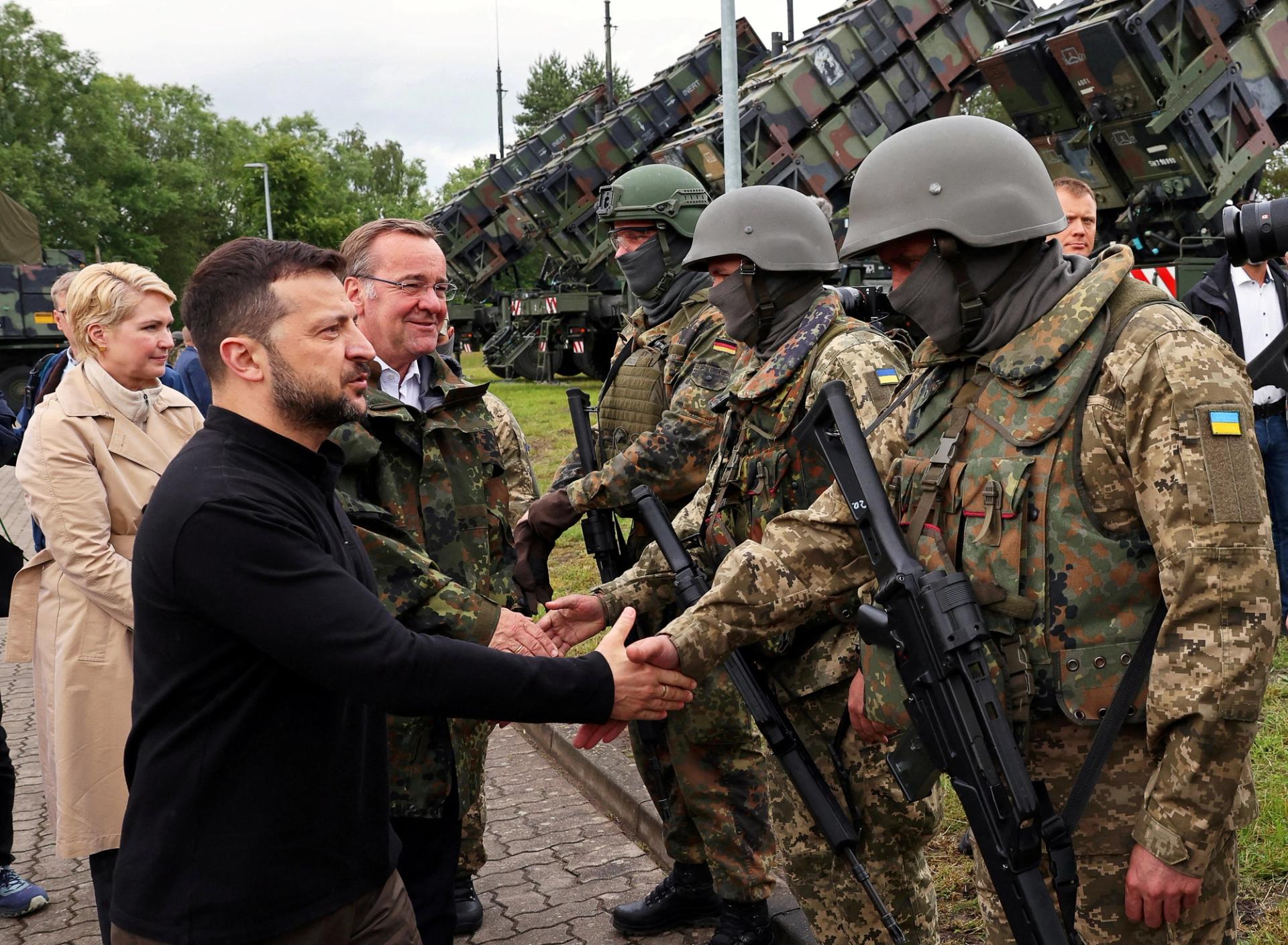
Semafor Signals
Germany plans to halve military aid for Ukraine in 2025
Insights from Reuters, Deutsche Welle, Semafor, and Center for Strategic and International Studies

The News
Germany plans to halve its military aid for Ukraine next year, marking a cut of roughly 4 billion euros ($4.4 billion) in aid from Kyiv’s biggest financial supporter in Europe.
Berlin hopes that Kyiv will be able to meet its military demands with the $50 billion loan backed by the profits from frozen Russian assets agreed upon by G7 leaders in June.
The move underscores the uncertainty surrounding Western countries’ willingness to continue funding Ukraine, even as Europe fears Republican candidate Donald Trump could end the US’ support if he returns to the White House. The aid cut in the draft budget was reported by Reuters and Der Spiegel on Wednesday. The draft budget still needs to be approved by the Bundestag, Germany’s parliament.
SIGNALS
Ukraine’s funding for 2025 remains ‘very uncertain’
Since Russia’s invasion of Ukraine, the government in Kyiv has lived hand to mouth, relying on emergency cash transfusions and repeatedly saying it is just weeks away from critical funding gaps. Ukraine faced a shortfall of $40 billion this year, and it still has a roughly $10 billion budget deficit that is yet to be covered. Beyond 2024, more questions remain. Ukraine’s Finance Minister said the financial outlook for next year was “very uncertain,” as the country’s budget gap is expected to grow by as much as $12 billion due to the impact of the war. Looming in the background is the uncertainty about whether the US will be able to pass another funding package for Ukraine, especially as one of the biggest Ukraine skeptics in the Senate, JD Vance, sees his star ascend as Trump’s vice-presidential pick.
Questions remain about German commitment
The Christian Democrats, the largest opposition party, has criticized the German government for fudging the numbers on Ukraine aid. One CDU politician told Deutsche Welle there is a major discrepancy between what Germany promises to Ukraine and what it actually sends, noting that it included its support for Ukrainian refugees in Germany in its calculations for what it “sends” in aid to Ukraine. Experts have argued that Denmark has also been massaging its numbers, incorporating aid to Ukraine in its defense budget in an effort to convince allies that it is spending enough on its own military. Across the board, only slightly more than half of the heavy weaponry Ukraine was promised had actually been delivered, the Kiel Institute said last year.
Amidst funding uncertainty, some European countries seek creative solutions
Some European countries have proposed that the EU should borrow money collectively as a way to gather the resources needed to support Ukraine and ramp up the bloc’s defense industry. While the plan has support from countries including France and Estonia, Germany and other frugal European countries oppose the plan. Without it, countries with serious budget deficits like France will be unlikely to significantly increase their current levels of aid, the Center for Strategic and International Studies’ Max Bergmann argued. “All Europe can talk about is what happens when Trump wins, yet little action is being taken to potentially fill any gap in support left by the United States in 2025,” he said.